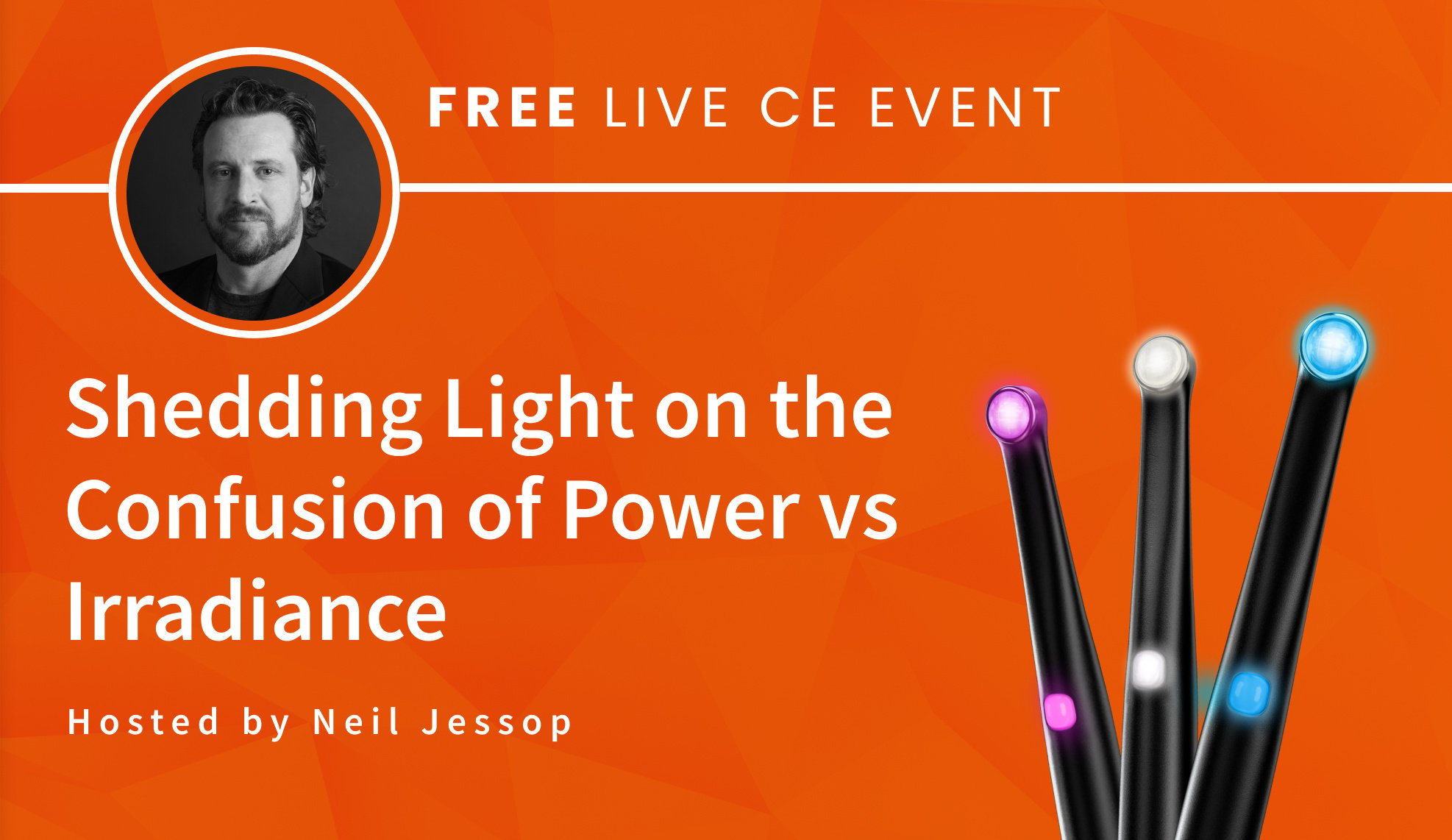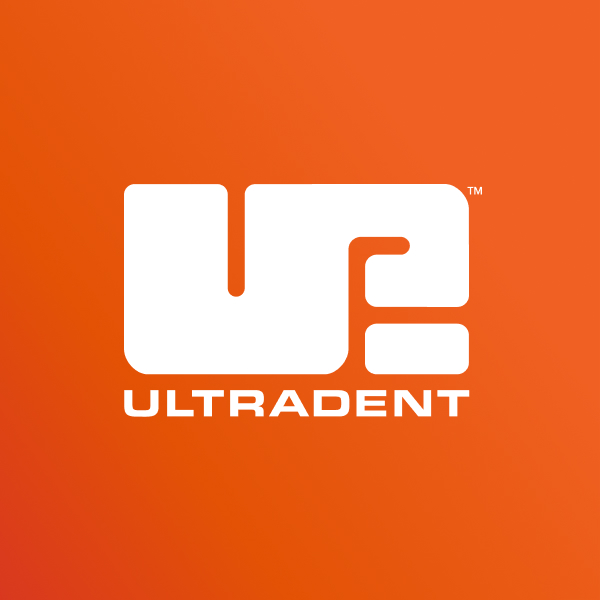Editor’s Note: This blog was written by CE course host, Ultradent Sr. VP of Research and Development, Neil Jessop. Jessop has more than 30 years of experience in dental research, 25 of that in curing lights. He also helped design and create the VALO™ curing light, which has become the leading light in dentistry for over a decade.
Using a laser pointer to cure a dental composite might seem like an unconventional idea. And for good reason—it would perform poorly. However, based on the way some curing lights quantify their effectiveness, through high irradiance, a laser pointer could theoretically be marketed as a dental curing light.
Blue and violet light are known to harden composite materials, and laser pointers are available in blue light. They are also exceptionally bright, boasting high irradiance. Yet, the effectiveness of a curing light cannot be gauged solely by its color and irradiance
In the upcoming free, live continuing education course, Shedding Light on the Confusion of Power vs. Irradiance, we will clarify these complexities and demystify the issue.

Improper measuring of light output can lead to uneven cures and issues for patients.
Since light measurement is a little tricky to get right, it has led to the use of some simplified tools like curing radiometers to aid in assessing how your light is performing. The common radiometer does not measure a light’s power and therefore falls seriously short in being able to address your light’s curing potential. In the August 23 course, we will examine the failings of these testing methods and discuss the best ways to properly test a curing light.
During this course you will learn:
- What power is in relation to curing lights and how it differs from irradiance
- How much light is necessary to properly harden composite
- What to consider and the appropriate questions to ask when purchasing a curing light
There are many good curing lights on the market—without knowing the right questions to ask, a low price can be the final deciding factor. Knowing how much power your light produces along with knowing its beam size and concentration are critical to quality polymerization and key to successful dental restorative work.
We will cover all these concepts and many more during the August 23 free, live CE course, Shedding Light on the Confusion of Power vs Irradiance. Register here.
About Neil Jessop

Senior Vice President of Research and Development at Ultradent Products Neil Jessop has worked in Research and Development since 1992. From 1998 to 2002 he worked in the Biomaterials Research lab at Loma Linda University in California. In 2002, he was placed at the head of Ultradent’s Research and Development department. Since then, he has been able to further research by helping to create the strongest and most durable adhesive in dentistry. His work now covers six branches of R&D, encompassing more than 100 employees. He has two amazing daughters and an extremely intelligent and talented wife of over 30 years, who is a practicing dentist.








